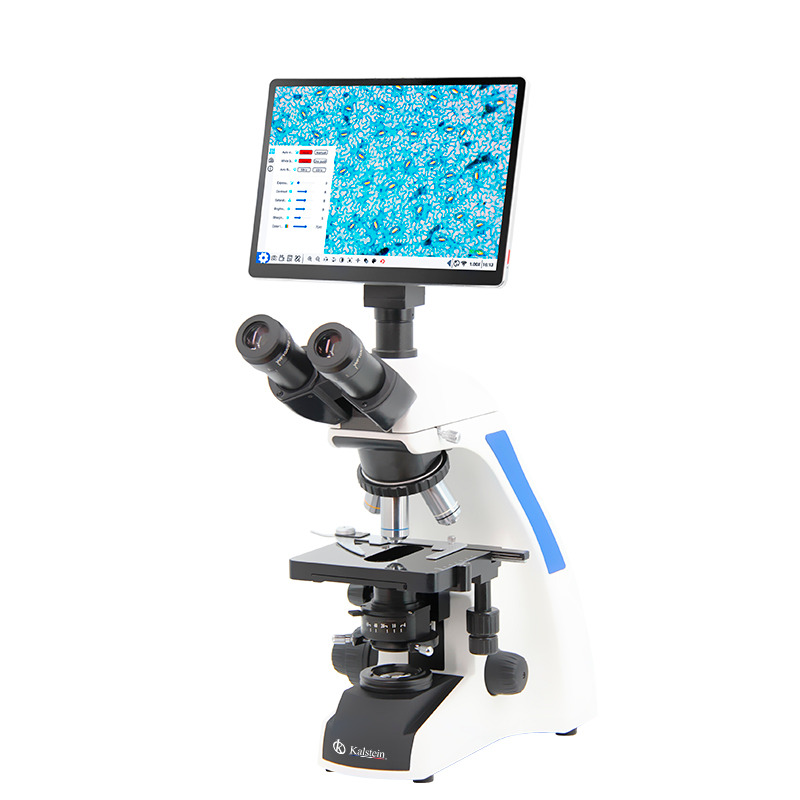Microscopes have played a prominent role in science and medicine, enabling researchers to explore beyond what the human eye can see. As the latest trends in medical technology advance, the ability of these powerful instruments to reveal meticulous details is unparalleled.
This comprehensive guide outlines how to use microscopes efficiently to achieve the best results.
Are you yearning for top-tier medical equipment, ready to enhance the efficiency of your laboratory? Visit https://kalstein.pl/category-product/laboratory-line/microscopes/ to explore our high-end catalog, packed with the best finds at the most competitive prices. Excellence marks our brand, we innovate and manufacture high-precision equipment, both reliable and durable to meet your needs. Why wait? Make your quick and secure online purchase, take the leap towards the future of medical technology today. https://kalstein.pl/
Basic Knowledge of Microscopes
To effectively use a microscope, you must first understand its components and how they work together. Optical microscopes, commonly used in research laboratories, have a number of key parts that include the eyepiece, objectives, stage, light source, and focus controls.
After familiarizing yourself with the parts of your microscope, it’s important to understand how to align the optical path. The optical path is the route that light follows through the microscope. Understanding this is crucial to achieving proper lighting and optimizing the clarity of your image.
Preparation of Samples for Microscopy
The preparation of your samples is a critical step in obtaining good microscopic images. First, place a drop of water on the slide with a toothpick. Then, use tweezers to place the sample in the drop of water and add a glass cover on top.
Make sure the cover is well supported to minimize air trapping. Once your sample is properly prepared, you can proceed to examine it using your microscope. Remember to adjust the light and focus to get a clear image.
Focusing and Adjusting Light for Microscopy
Achieving sharp focus is essential for effectively visualizing your samples. Make sure you always start with the lowest magnification power as it will provide the widest field of view. From there, you can gently rotate the focus control until you get a clear picture.
One of the recent advancements in laboratory research is the use of dark field microscopes, which amplify light to make visible features that would otherwise be difficult to see. For these microscopes, adjusting the light is a trial-and-error process that depends on the sample you are observing.
Using the Latest Technology in Microscopy
To achieve the best results, it is necessary to keep up with the latest trends in medical technology. Electron microscopes, which use electrons instead of light to create an image, allow for visualization of details at much higher resolution levels than optical microscopes.
When using an electron microscope, it is important to note that the samples must be perfectly prepared, as imperfections can be very evident at this level of magnification.
Image Processing and Analysis
Once you’ve captured your images, image processing and analysis can help you interpret your results. Most microscope software offers a broad range of tools to enhance and analyze your images.
With proper training, making accurate measurements, counting cells, and characterizing cell morphology are all tasks that can be easily accomplished. The accurate interpretation of these data can help you draw robust conclusions from your experiments.
Practical Tips for Using Microscopes
Using a microscope can be a daunting task for beginners. However, there are several best practices that can make the process smoother. For example, regularly clean the objective to prevent dirt and oil from distorting your images.
In the end, good microscope technique comes not only from understanding how your instrument works, but also from constant practice. Over time, you will refine your skills and be able to achieve optimal results from your observations.
Conclusion
The proper use of microscopes can open up a world of discoveries and take your research to new horizons. Equipping yourself with the skills and techniques presented in this guide, you will find that even the infinitely small world has much to offer.

